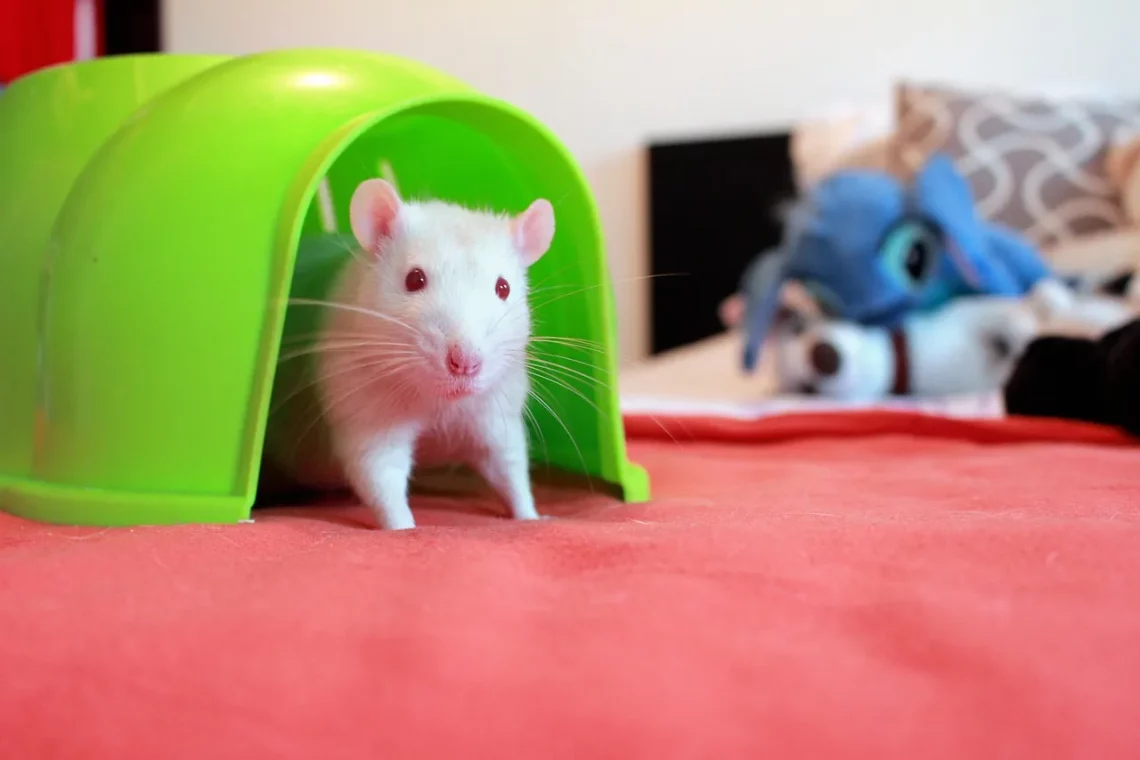
Do Rats Attack Humans? Understanding the Risks and Realities
Rats have long been a source of fascination and fear for humans alike. These intelligent creatures, often found in urban environments, have adapted remarkably well to coexist with human populations. However, their presence frequently raises concerns about safety and health risks. With their ability to thrive in various environments, rats are not just pests; they can also pose potential threats to human well-being. The perception of rats as aggressive creatures is often fueled by myths and misconceptions, yet understanding their behavior and interactions with humans is crucial for dispelling fears and improving coexistence.
When discussing rats, it’s important to acknowledge that they are primarily driven by survival instincts. Their behavior is largely influenced by their environment, availability of food, and social structures within their colonies. While attacks on humans are rare, the possibility of aggressive behavior can arise under certain conditions, typically when a rat feels threatened or cornered. Moreover, the risks associated with rats extend beyond direct attacks; they can carry diseases that may pose health risks to humans. This article aims to explore the nuances of rat behavior, the circumstances that may lead to aggressive encounters, and the broader implications of their presence in human habitats.
Understanding Rat Behavior
Rats are complex creatures with intricate social structures and behaviors. They are known for their intelligence, which allows them to adapt to various environments and learn from their experiences. Socially, rats are highly communal animals, often living in colonies where they establish hierarchies and bonds with one another. This social behavior plays a significant role in their interactions with humans.
Typically, rats are more afraid of humans than we are of them. Their first instinct is to flee when they sense danger. However, a cornered or threatened rat may react defensively, which can lead to aggressive behavior. It’s important to understand that this aggression is not typical; rather, it is a response to fear. Most encounters between rats and humans occur because the rats are searching for food or shelter, not out of a desire to confront us.
Rats communicate through a variety of vocalizations, body language, and pheromones. They have been observed to exhibit empathy and even help one another in stressful situations. This social complexity suggests that they are not mindless pests, but rather sentient beings capable of experiencing emotions. Understanding this aspect of rat behavior can help foster a more compassionate view of these animals and mitigate unnecessary fears.
Another critical factor influencing rat behavior is their environment. Urban areas provide abundant food sources and nesting sites, which can lead to larger rat populations. As human activity increases, so does the likelihood of encounters. Proper waste management and sanitation practices can help reduce the attractiveness of our surroundings to rats, thereby minimizing interactions. By creating a less hospitable environment for these creatures, we can coexist more peacefully.
Potential Risks of Rat Encounters
While direct attacks from rats are rare, it’s essential to recognize the potential risks associated with their presence. One of the primary concerns is the transmission of diseases. Rats are known carriers of various pathogens that can affect human health. For instance, leptospirosis, hantavirus, and salmonella are just a few of the diseases linked to rat infestations. These diseases can be transmitted through contact with rat droppings, urine, or bites, highlighting the importance of maintaining hygiene and safety.
In addition to health risks, the presence of rats can also lead to property damage. They are notorious for gnawing on electrical wires, insulation, and structural components of buildings. This behavior not only poses a financial burden due to repairs but can also create fire hazards. Therefore, it’s crucial for homeowners and property managers to take proactive measures to prevent rat infestations.
Educating the public about the risks associated with rats is vital. Many people may not be aware of the potential health implications or the signs of an infestation. By fostering awareness and understanding, we can encourage proactive measures such as proper waste disposal and sealing entry points in buildings. These steps can significantly reduce the risk of encounters with rats and the associated health hazards.
It’s also important to recognize that while rats can pose risks, they are also part of the ecosystem. They serve as prey for various predators and play a role in the food chain. Striking a balance between managing rat populations and maintaining ecological integrity is a complex challenge that requires a nuanced approach.
What to Do If You Encounter a Rat
If you find yourself in a situation where you encounter a rat, it’s essential to remain calm and composed. Remember that rats are generally more afraid of humans than we are of them. If you see a rat in your home or yard, the best course of action is to back away slowly and give it space to escape. Sudden movements can startle the rat, potentially leading to aggressive behavior.
In cases where a rat has entered your home, it’s crucial to take immediate action to address the situation. Start by identifying how the rat gained access. Common entry points include gaps around doors, windows, and pipes. Sealing these openings can help prevent future infestations. Additionally, removing food sources, such as pet food, garbage, and clutter, can make your home less attractive to rats.
If you are dealing with a significant infestation, it may be necessary to consult with pest control professionals. They can assess the situation and recommend suitable methods for removal. It’s important to choose humane and effective strategies, as indiscriminate killing can lead to unintended consequences, including a surge in the rodent population.
In any case, maintaining cleanliness and organization in your living space is one of the best preventive measures. Regularly cleaning up food spills, storing food in airtight containers, and keeping outdoor areas tidy can significantly reduce the risk of attracting rats.
Conclusion
In summary, while the idea of rats attacking humans can evoke fear and anxiety, it’s essential to understand the realities of rat behavior and the risks they pose. Most rats are not aggressive unless threatened, and their interactions with humans are often driven by survival instincts. Educating ourselves about these creatures can help alleviate fears and promote coexistence.
Taking proactive measures to reduce the likelihood of encounters is crucial. By maintaining cleanliness, sealing entry points, and being aware of the signs of infestations, we can create a safer environment for both humans and rats. Ultimately, a balanced approach that respects the role of rats in the ecosystem while protecting human health is key to managing our interactions with these intelligent creatures.
**Disclaimer: This article is not intended as medical advice. For any health-related concerns or issues, please consult a qualified healthcare professional.**




